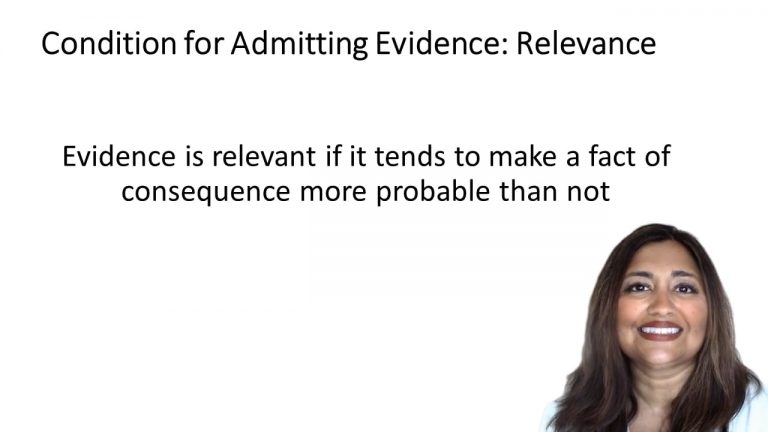SmartBrief
Confirm favorite deletion?
Evidence Keyed to Best
Kaechele v. Kenyon Oil Company, Inc.
Citation:
747 A.2d 167 (Me. 2000).Facts
Albert Kaechle entered the convenience store to visit his wife, who was working for Xtra Mart as a store clerk. She was attended by other co-workers. Madrid Roddy attempted to purchase cigarettes at the counter, but refused to show identification when requested by May Kaechle. Roddy continued for several minutes berating May, until he eventually walked out of the store and began banging on the window.
Armand Rowe and Albert Kaechle left the store to confront Roddy, fearful the angry customer would vandalize their vehicles. Upon confronting Roddy, he struck Albert and severely injured his face.
Only StudyBuddy Pro offers the complete Case Brief Anatomy*
Access the most important case brief elements for optimal case understanding.
*Case Brief Anatomy includes: Brief Prologue, Complete Case Brief, Brief Epilogue
- The Brief Prologue provides necessary case brief introductory information and includes:
Topic:
Identifies the topic of law and where this case fits within your course outline.Parties:
Identifies the cast of characters involved in the case.Procedural Posture & History:
Shares the case history with how lower courts have ruled on the matter.Case Key Terms, Acts, Doctrines, etc.:
A case specific Legal Term Dictionary.Case Doctrines, Acts, Statutes, Amendments and Treatises:
Identifies and Defines Legal Authority used in this case.
- The Case Brief is the complete case summarized and authored in the traditional Law School I.R.A.C. format. The Pro case brief includes:
Brief Facts:
A Synopsis of the Facts of the case.Rule of Law:
Identifies the Legal Principle the Court used in deciding the case.Facts:
What are the factual circumstances that gave rise to the civil or criminal case? What is the relationship of the Parties that are involved in the case.Issue(s):
Lists the Questions of Law that are raised by the Facts of the case.Holding:
Shares the Court's answer to the legal questions raised in the issue.Concurring / Dissenting Opinions:
Includes valuable concurring or dissenting opinions and their key points.Reasoning and Analysis:
Identifies the chain of argument(s) which led the judges to rule as they did.
- The Brief Prologue closes the case brief with important forward-looking discussion and includes:
Policy:
Identifies the Policy if any that has been established by the case.Court Direction:
Shares where the Court went from here for this case.
Topic Resources
Topic Refresher Course

 11m 31s
11m 31s